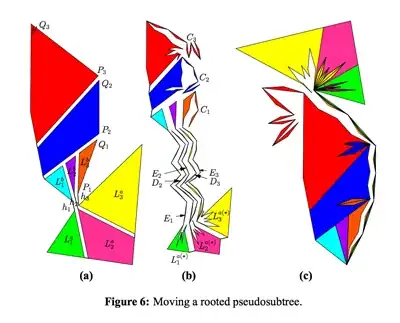Conjectures play important role in development of mathematics. Mathoverflow gives an interaction platform for mathematicians from various fields, while in general it is not always easy to get in touch with what happens in the other fields.
Question What are the conjectures in your field proved or disproved (counterexample found) in recent years, which are noteworthy, but not so famous outside your field?
Answering the question you are welcome to give some comment for outsiders of your field which would help to appreciate the result.
Asking the question I keep in mind by "recent years" something like a dozen years before now, by a "conjecture" something which was known as an open problem for something like at least dozen years before it was proved and I would say the result for which the Fields medal was awarded like a proof of fundamental lemma would not fit "not so famous", but on the other hand these might not be considered as strict criteria, and let us "assume a good will" of the answerer.
